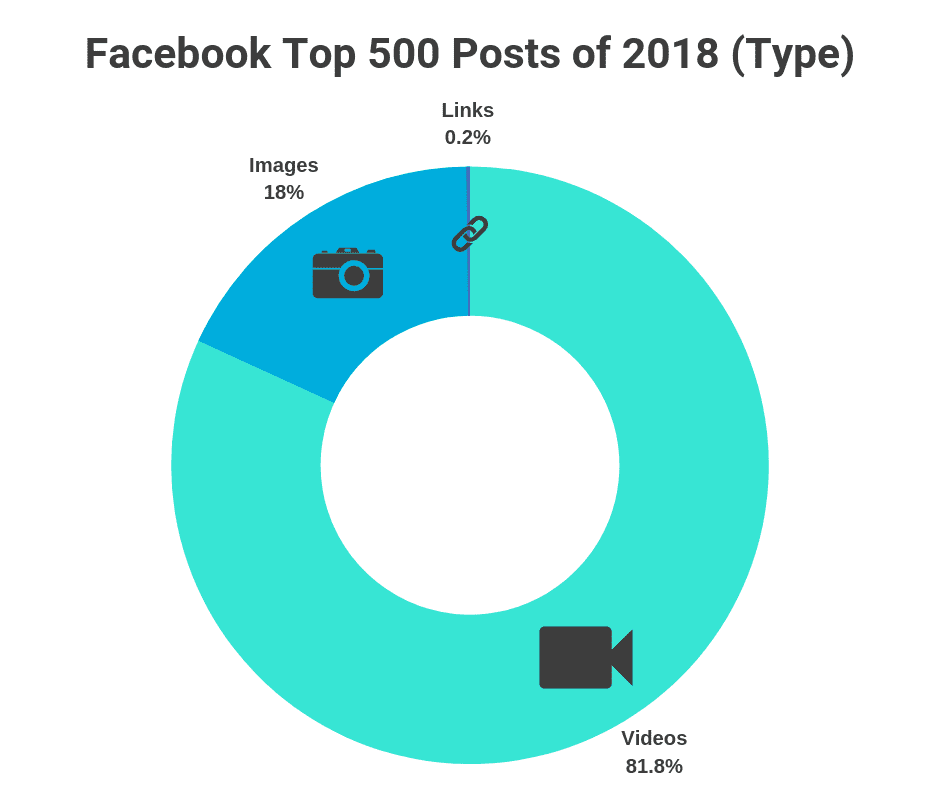Every year there’s a new trend that industry insiders declare as the future of marketing. Motion Graphics was championed in 2014, but unlike most fleeting trends, motion graphics are still very much in vogue.
Primarily because motion graphics are the video marketing era’s answer to the infographic. An accessible and entertaining way to disseminate complex information, infographics allowed you to capture consumer information in a way that a wall of text could not.
Now, in an era where Video has dethroned Content for the crown, motion graphics do the same.
So, what are motion graphics? Essentially, motion graphics are just graphic design in movement. The practice of taking a still, flat design and adding dimension to it using the laws of time and space.
But even if that description doesn’t ring any bells, you would have definitely seen them. Across TV, film, apps, advertising and virtually any medium that requires some sort of kinesis, motion graphics are ubiquitous.
The Rise of Video Marketing
By 2020, Cisco predicts that 80% of all internet traffic will be video – so the potential market for your video content is huge.
Especially when considering the influential reach the medium has. Web users spend an average of 19 hours a month watching videos, with 60% of shoppers watching product videos while making decisions to buy, with 74% of shoppers actually making a purchase after watching a video.
With video galvanizing the content marketing industry over the last three years, you would have thought that every business would be populating their websites and social media with “moving pictures”.
However, despite 72% of content marketers saying that creating video content is their number one priority – they are struggling to make content that is original, compelling and effective. That’s because creating solid video content is difficult. Unless you have the budget to invest in great equipment, or better yet, a team or outside partner specialized in scripting, designing, editing and creating video content, it’s going to come across more Blair Witch than Coca Cola.
Good video content should do 5 things
It should guide your leads all the way through the buyer journey.
It should understand what your audience wants, and it should give it to them in the most consumable way possible. Video is so shareable because it is inherently passive for the viewer, serve them what they want on a platter and cut it up into bite-size chunks.
It should be worth the watch. Whether that’s because your video is funny, engaging, useful or inspirational, your video needs to provide value.
It needs to be able to be distributed easily and effectively. Your video should be able to reach your audience where they spend the majority of their time and engage them there.
It creates a consistent brand identity. Every bit of your marketing should make up a cohesive narrative that tells the audience exactly who you are and what you stand for.
One of the most important things your content has to offer is value. It needs to be both informative and entertaining. In the current media landscape, people want facts more than conjecture, data over opinion. If you can provide this effectively and consistently in your content, they will trust you more and want to build a relationship with you.
Motion graphics enable you to distill down complex data into bigger-picture stories and insights that people can understand and apply to their own lives. After all, you may be saying in the text that sales tripled, but actually seeing the chart grow makes a stronger and more memorable impact.
Best of all, viewers love motion graphics because watching video is an inherently passive experience that requires little investment on their part. Rather than actively sifting through a 1,500-word article, viewers can sit back, relax and enjoy the show.
Motion graphics content isn’t just a brand building exercise, because it has been proven time and time again to successfully drive conversions. Whether it’s in the form of an explainer video, a social video or even a presentation, embedding motion graphics content onto your website has been proven to increase the chance of a above the fold” Google search result by 53 times, and shown to double click-through rates when utilized in email campaigns.
But the number one reason for using video in your content marketing plan? Motion graphics and video convert more customers, with recent research showing that 71% of marketers say video conversion rates outperform other marketing content. That in and of itself should be reason enough fr you to invest the time and budget to developing a strong “motion content” plan. Not sure where to start? Contact us for a free consultation and evaluation of your company’s situation.













